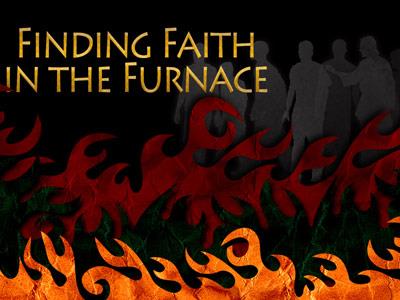-
An Exposition Of Revelation 1:12-20 Series
Contributed by Mark A. Barber on Nov 23, 2019 (message contributor)
Summary: John sees an amazing Christophany
Exposition of Revelation 1:12-20
Introduction
Last week, we were introduced to the situation that John was in. He was on a prison island called Patmos. We learned that the book of Revelation does not begin with our problems, but with Jesus. It is only after being reminded of what Jesus has done for us that the situations we find ourselves are addressed. It is just like in the Lord’s Prayer that it begins with “Our Father, which art in heaven” and not with “Give us this day our daily bread.”
We also learned that the seven churches were undergoing tribulation as well. This shows that we are not immune from the tribulations that come from the hands of men. The book of Revelation will say we are free from God’s wrath and that God will bring great tribulation upon those who tribulate us. But we again are subject to the wrath of man because we bear testimony for Jesus. Even Jesus, the captain of our Salvation suffered great tribulation at Gethsemane. In fact, the very word “Gethsemane” means “olive press” where olives were subject to tribulation to squeeze out the virgin olive oil. Jesus was pressed so hard there that he sweated great drops of sweat mixed with blood on our behalf.
Today, we will explore the remainder of the initial vision John had on Patmos of the Lord Jesus. Many of the details we will explore will reappear later in various parts of Revelation, so it will be good to study the individual parts of the vision.
Exposition of the Text
In verse 12, John turns to “see” the voice that had commanded him to write what he saw in a book. And what a shock it must have been when he did turn. The first thing he saw was seven golden candlesticks. Then his eyes fixed upon a larger than life figure in the midst of them. From his understanding of the Old Testament, particularly the Book of Daniel, he made the identification of this individual as “The Son of Man”. He was dressed in a white robe with a golden sash at the chest. Some think that this figure was dressed as a priest. We know that this figure was that of Jesus, although John had not yet put two and two together. If He is dressed here as a priest, then Jesus is presented as the prophet who brings the message, the true High Priest here, and also as the King. These correspond to the threefold office of Jesus Christ.
In verse 14, John begins a scan of this figure from head to foot. He notices the snow white hair which is also said to be like white wool, quite appropriate for the Lamb of God. Then John notices the burning eyes which represents the penetrating gaze of Jesus who can look into the heart. Then he notices the shiny appearance of his feet like refined brass. Then John describes the voice as that of a mighty waterfall. Then he notices that he has seven stars in his right hand and a two edged sword coming out of His mouth. Finally, John is overwhelmed by the overall brightness of Jesus.
The net effect on John was so severe that in verse seventeen, he records that he fell face forward as a dead man. This is similar to the effect that the appearance of God had on several Old Testament prophets. One thinks of Isaiah who saw the Lord high and lifted up whose train filled the Temple. He responded in great fear, thinking himself to be undone for having seen the LORD of Hosts. Samson’s father when seeing the Angel of the LORD ascend in the sacrifice was sure he was going to die. So did Ezekiel and Daniel. We can remember the LORD’s word to Moses when he asked to see Yahweh’s glory that no one could see His face and live, though he allowed Moses to peek after he had passed by. The glory of the LORD is absolutely overwhelming to all human senses.
We know that this figure is Jesus, and that His appearance in this manner is proof that He is Yahweh. John finds this out when Jesus touches John with his right hand, the hand that had the seven burning stars in it. I wonder if this has some relation to the burning coals on Isaiah’s lips and acted in some way to purge John so that he might live to bear witness to God’s people. It is the touch of Jesus that lets John know this is Jesus. We think of how Jesus revealed himself after his resurrection to Mary Magdalene. She knew when she heard Jesus call out her name. The disciples of Emmaus knew it was Jesus in the breaking of bread. For Saul it was Jesus’ answer to the question of Saul, “who are you Lord?” Saul, like John had had his senses overwhelmed. But it was the humanity of Jesus by sound or sight that made the identification of who the Son of Man is.

 Sermon Central
Sermon Central



